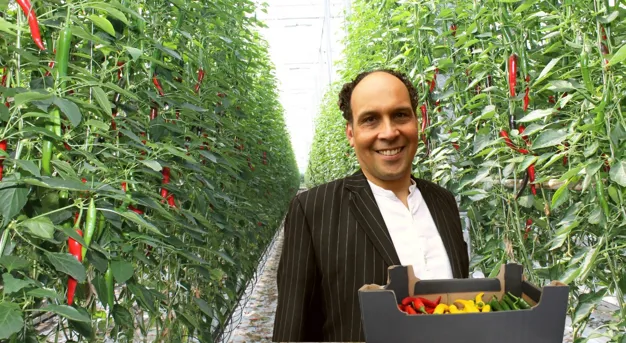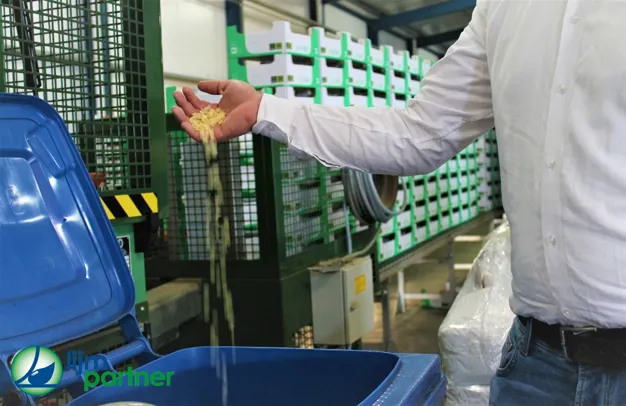Proper packaging is vital for transporting and selling fruits and vegetables. Trays and boxes are preferred. Using a sealant, these kinds of packaging can be assembled quickly, easily, and efficiently. The perfect adhesive, however, depends on various factors. These include the packaging material used and the climate.

EVA or metallocene?
"We like brainstorming with our clients. We want to make the correct choice for your process. That's why we offer a wide range of sealants. These are suited to fresh fruit and vegetable packaging. They are both ethylene vinyl acetate (EVA) and metallocene-based. Both types offer high bonding performance. But how you use them varies. That depends on, for example, the type of cardboard and the coating used," says Tjerk Kriek of the Dutch company, Glue Partner.
"An EVA adhesive is often sufficient for single-layer corrugated cardboard. For, for instance, double-coated cardboard, metallocene is generally the better choice. This kind of material has a higher initial bonding strength. EVA performs better at subzero temperatures. So, choosing the correct glue is always a compromise between these two products' advantages and disadvantages."

Combined with a vacuum system
"Both these adhesives are extremely suitable to use in combination with a vacuum system. This combination earns its worth when fruit and vegetable trays are being set up. It improves continuity and increases the ease of production. It ensures an ergonomic system with a clean cut-off. There are also no residuals that could lead to the sealant system becoming contaminated. So, it lasts longer. There are also options for exact dosage settings," says Tjerk.
"You can combine hot melt with a feeder system too. Since there's minimal wastage, you use less adhesive. It reduces the risk of equipment failure and maintenance costs are lower too. Glue Partner supplies the glue as granules, so transportation is simple."
Experience and expertise
"Glue Partner has a wide range of products. These can be used to glue fruit and vegetable boxes. Our adhesives have been used industrially for 30 years now. They are used for sealing trays for various products. These include tomatoes, soft fruit, bell peppers, and chillies. These products can be applied by machine or manually. They can also be used problem-free in different machines. Think of, for instance, Boix, Sacmi, Multibox, and Teco. We use years of experience to guarantee continuity and quality in your packing process," concludesTjerk.
For more information:
Tjerk Kriek Glue Partner
Glue Partner
47-3 Lovense Kanaaldijk
5013 BJ, Tilburg, NL
Tel: +31 (0) 852 733 043
Email: tjerk@lijmpartner.nl
Website: www.lijmpartner.nl
